The Role of Geomembrane in American Farms
In American farms, the application of geomembrane has become a common and crucial practice. This waterproof and anti-seepage material plays a vital role in the agricultural field due to its unique properties, helping farmers improve crop yields, reduce resource waste, and protect the health of soil and water resources.
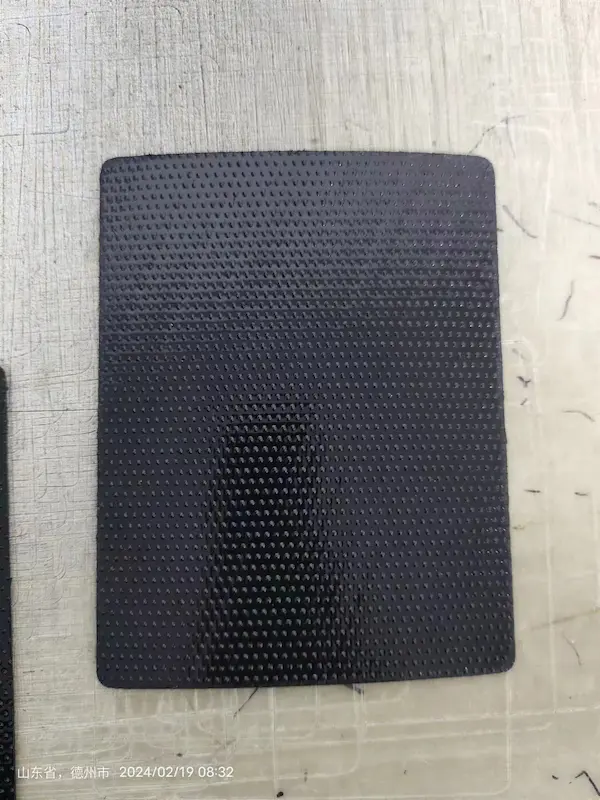
(black Anchored geomembrane)
Firstly, the primary function of geomembrane in American farms is to prevent water leakage. During irrigation, water often escapes due to soil infiltration, reducing irrigation efficiency and wasting valuable water resources. However, the installation of geomembrane can effectively block water from penetrating downward, ensuring that irrigation water is fully absorbed and utilized by crops. This is particularly beneficial in arid regions or areas with limited water resources, as it significantly reduces water loss and enhances the drought resistance of crops.
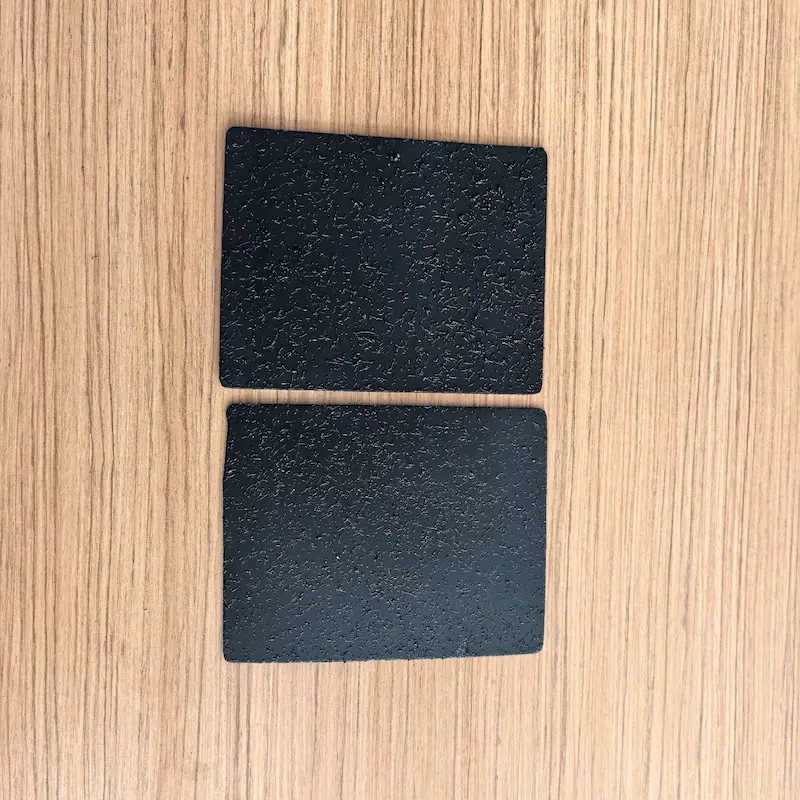
(black double faced textured geomembrane)
Secondly, geomembrane also plays a role in maintaining stable soil moisture and temperature in American farms. Before spring planting, farmers can cover the cultivated layer with black geomembrane to increase soil temperature by absorbing solar heat, promoting early crop maturity. During hot summer months, transparent geomembrane can be placed over crops to reduce water evaporation and light intensity, maintaining stable soil moisture and temperature, providing an optimal growing environment for crops.
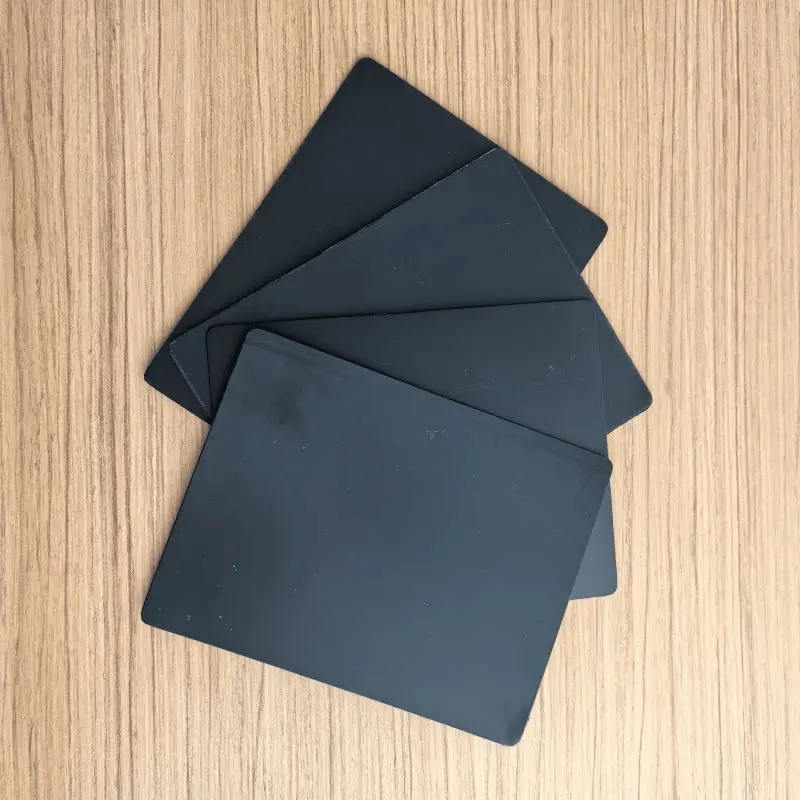
(black HDPE geomembrane)
In addition, geomembrane can be used for anti-seepage work in ponds and reservoirs on American farms. Ponds and reservoirs are common facilities on farms, used to store rainwater and irrigation water. However, if the bottoms and walls of these ponds and reservoirs are not effectively sealed, water can seep into the soil, leading to a decrease in water levels and a reduction in storage capacity. The installation of geomembrane can effectively address this issue, ensuring that ponds and reservoirs can stably store water for extended periods.
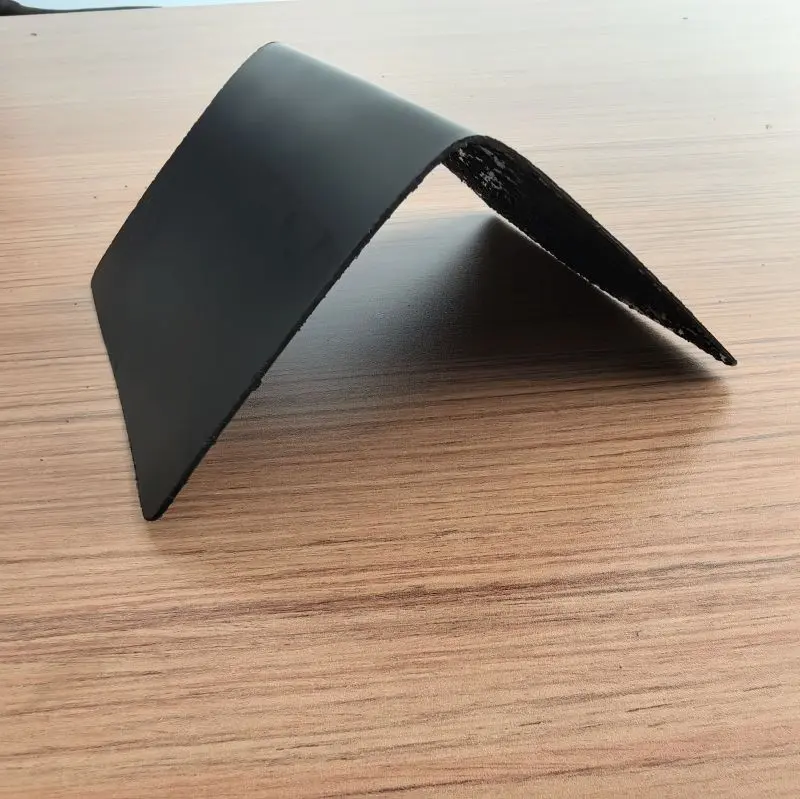
(black single textured geomembrane)
Furthermore, geomembrane can be utilized in greenhouse cultivation and soil improvement on American farms. In greenhouse cultivation, geomembrane can be used to cover greenhouse floors, preventing the loss of water and nutrients from the soil, and enhancing crop growth rates and quality. Additionally, geomembrane can be combined with fertilizers and soil amendments to improve soil structure and fertility, providing a better soil environment for crop growth.
720459.webp)
(farm Site construction textured geomembrane)
It is worth noting that while geomembrane plays a crucial role in American farms, proper usage and maintenance are essential. Firstly, selecting suitable geomembrane materials and specifications is crucial to ensure excellent waterproof and anti-seepage performance and longevity. Secondly, attention must be paid to installation methods and quality, ensuring a smooth and undamaged membrane surface with no leakage points. Regular inspection and maintenance of geomembrane are also necessary to promptly repair any damage or aging, ensuring its long-term effectiveness.
In conclusion, geomembrane plays a significant role in American farms, providing farmers with effective water resource management and soil protection measures. By leveraging geomembrane technology, farmers can enhance crop yields, reduce resource waste, protect the ecological environment, and achieve sustainable agricultural development.
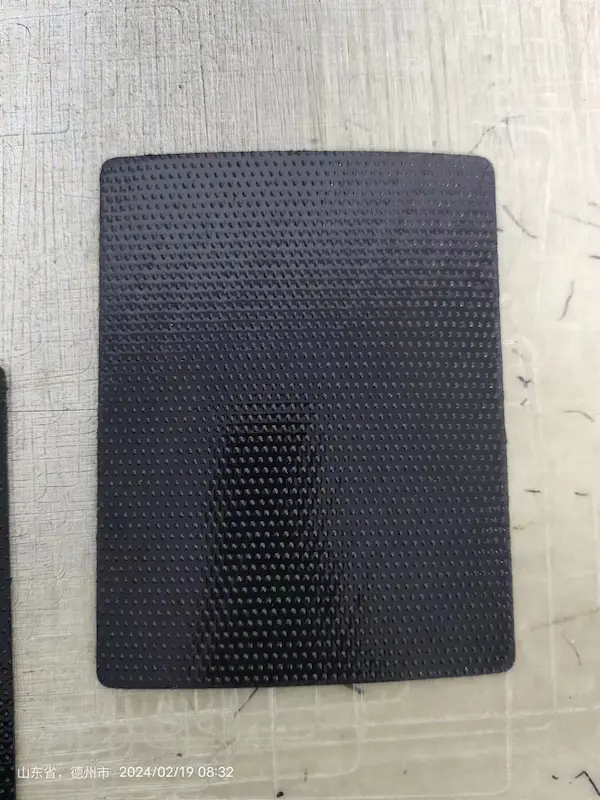
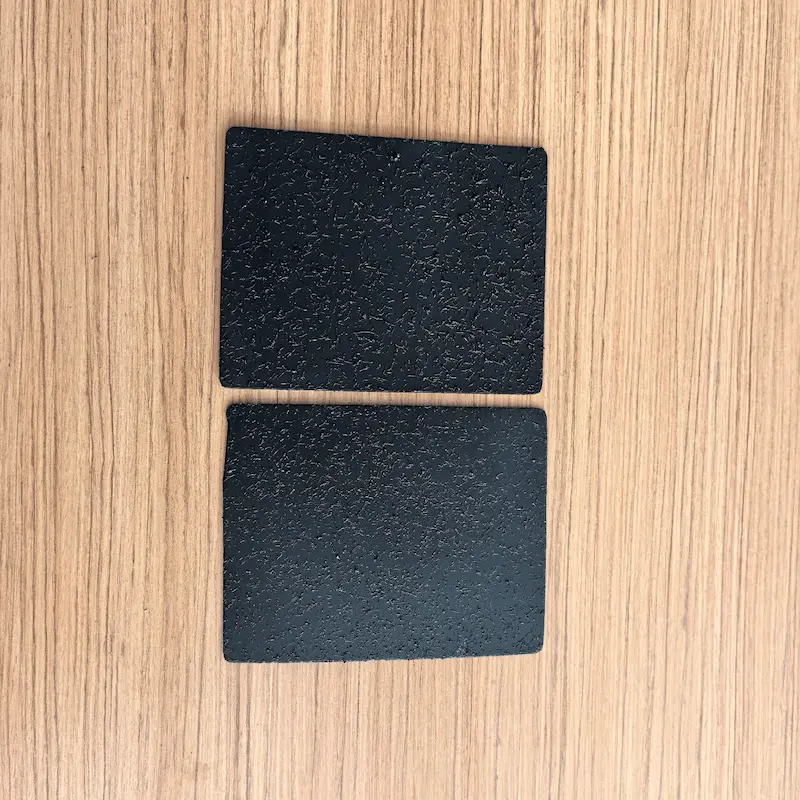
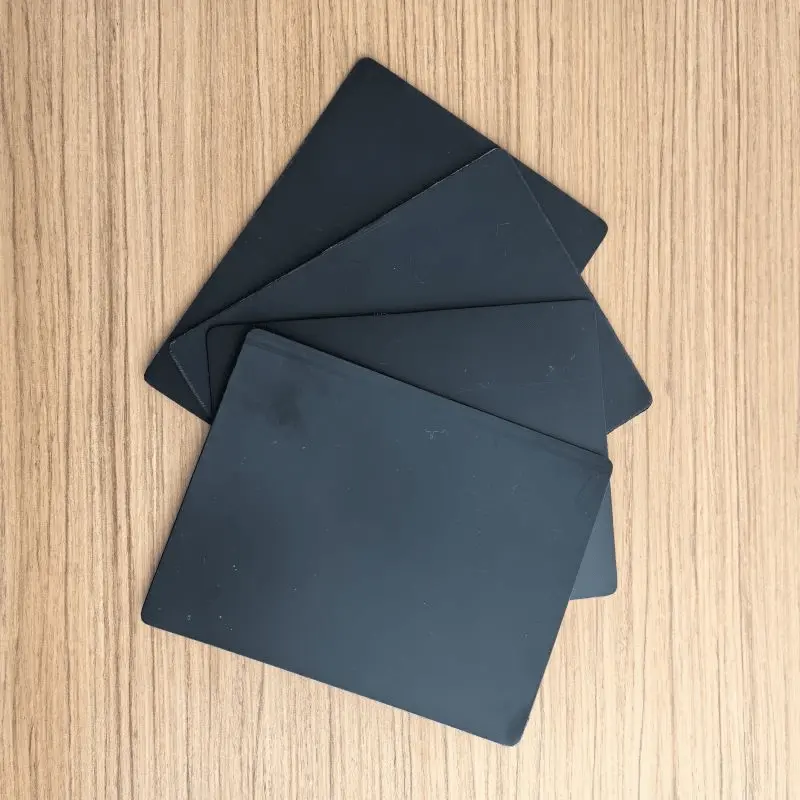
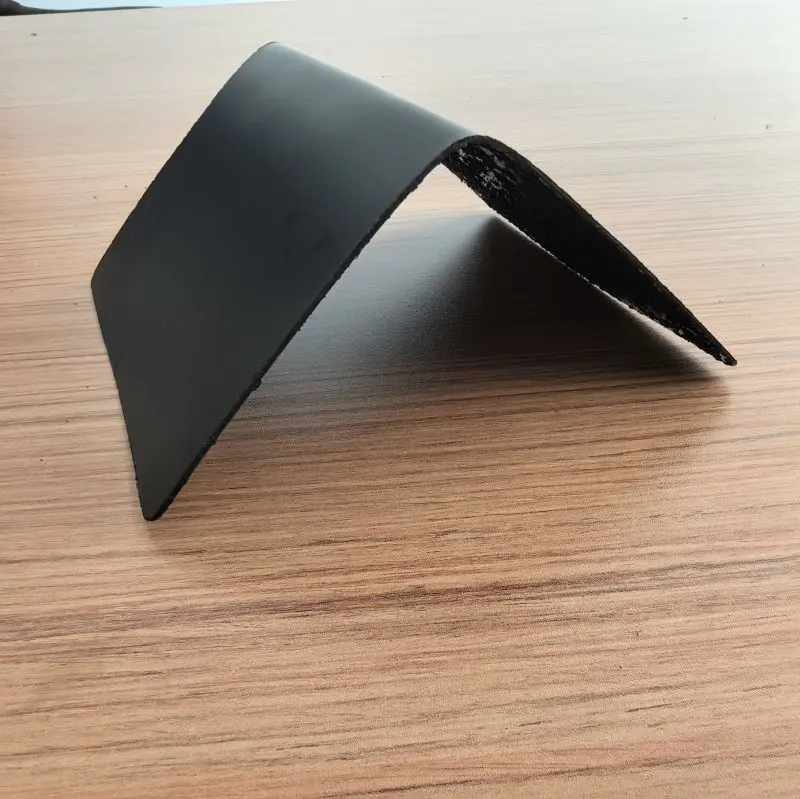
737.webp)
503.webp)
759.webp)
942.webp)
237.webp)
106.webp)